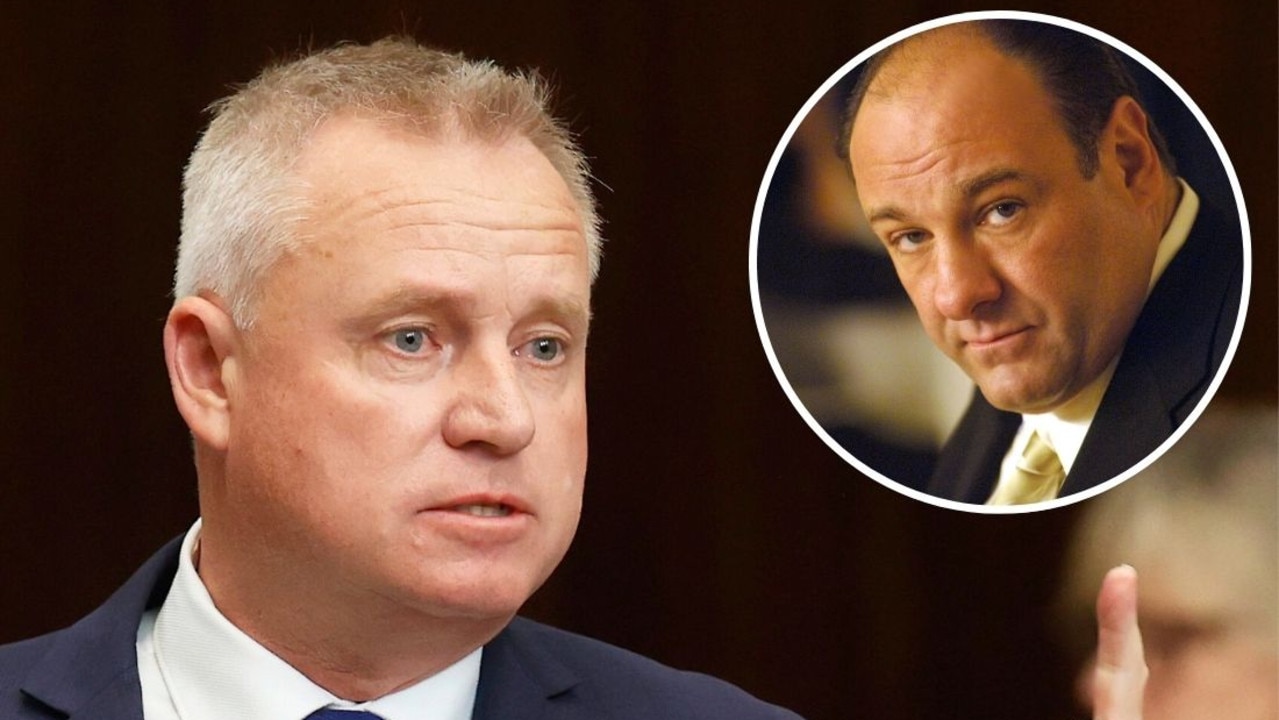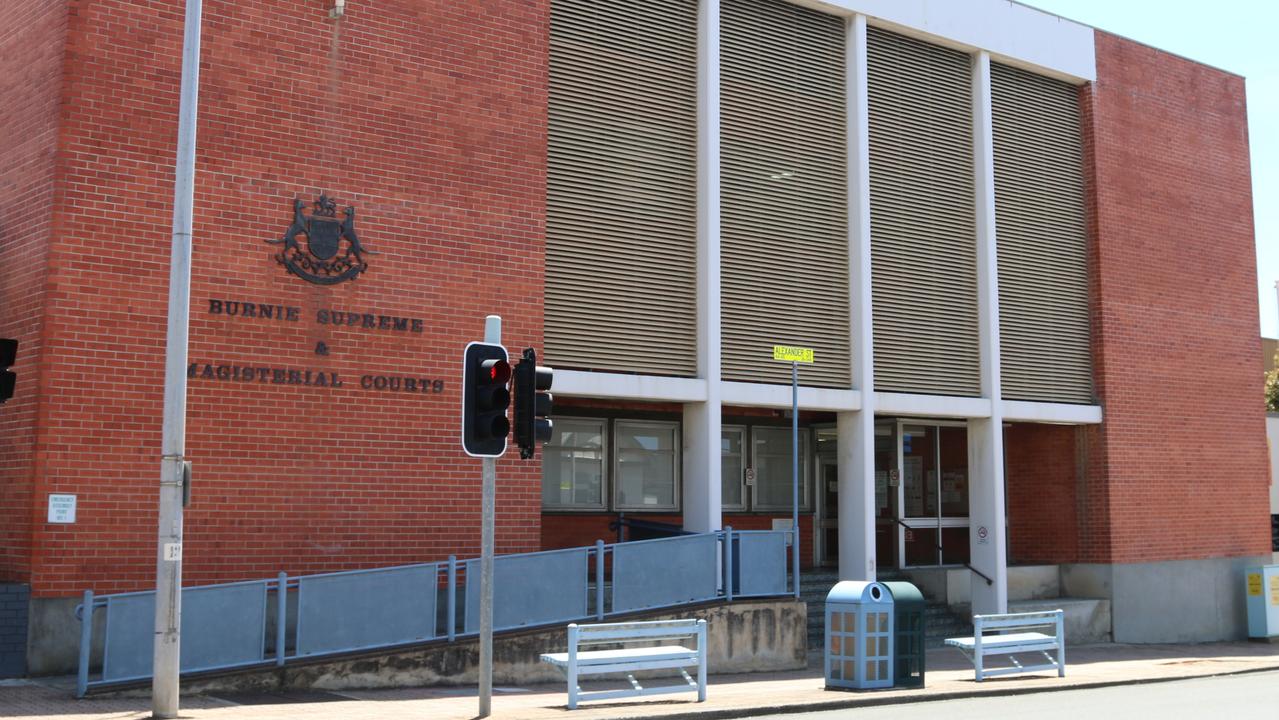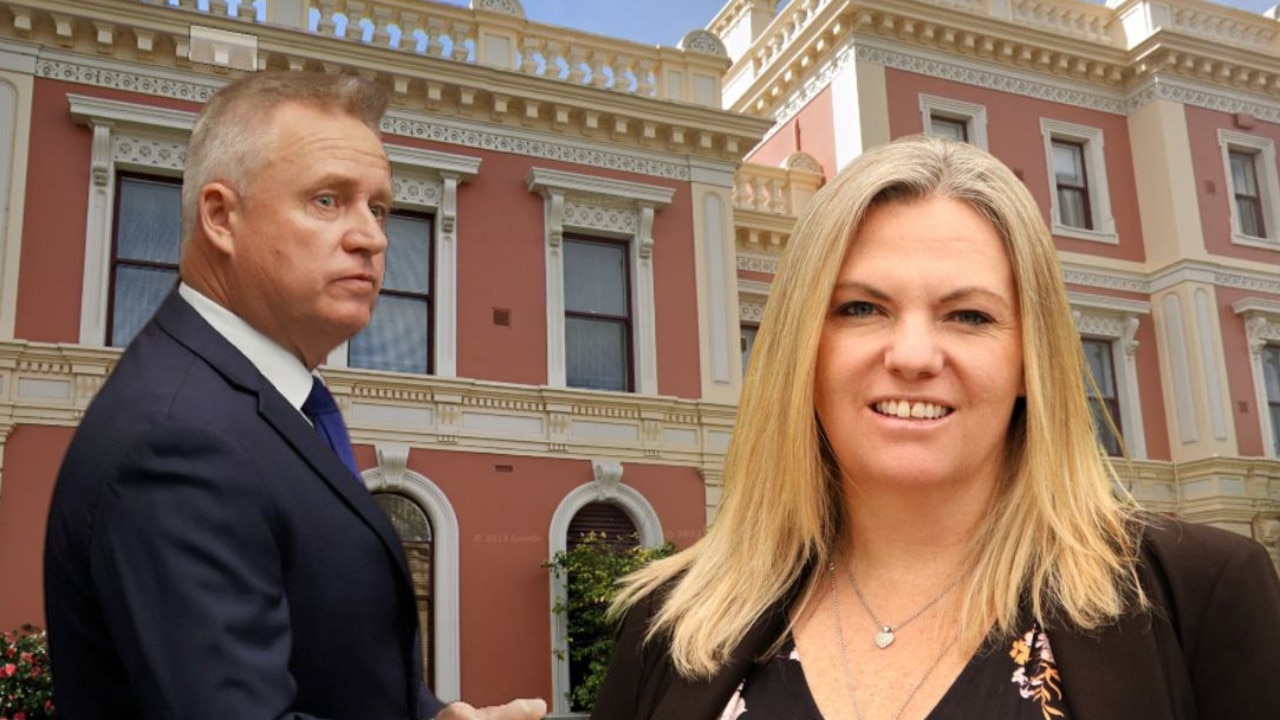End officially declared to die-off that killed two million salmon
‘It has been a God-awful time for everybody’: A mass fish mortality event that hit the state’s aquaculture industry has been declared over as the full extent is revealed.
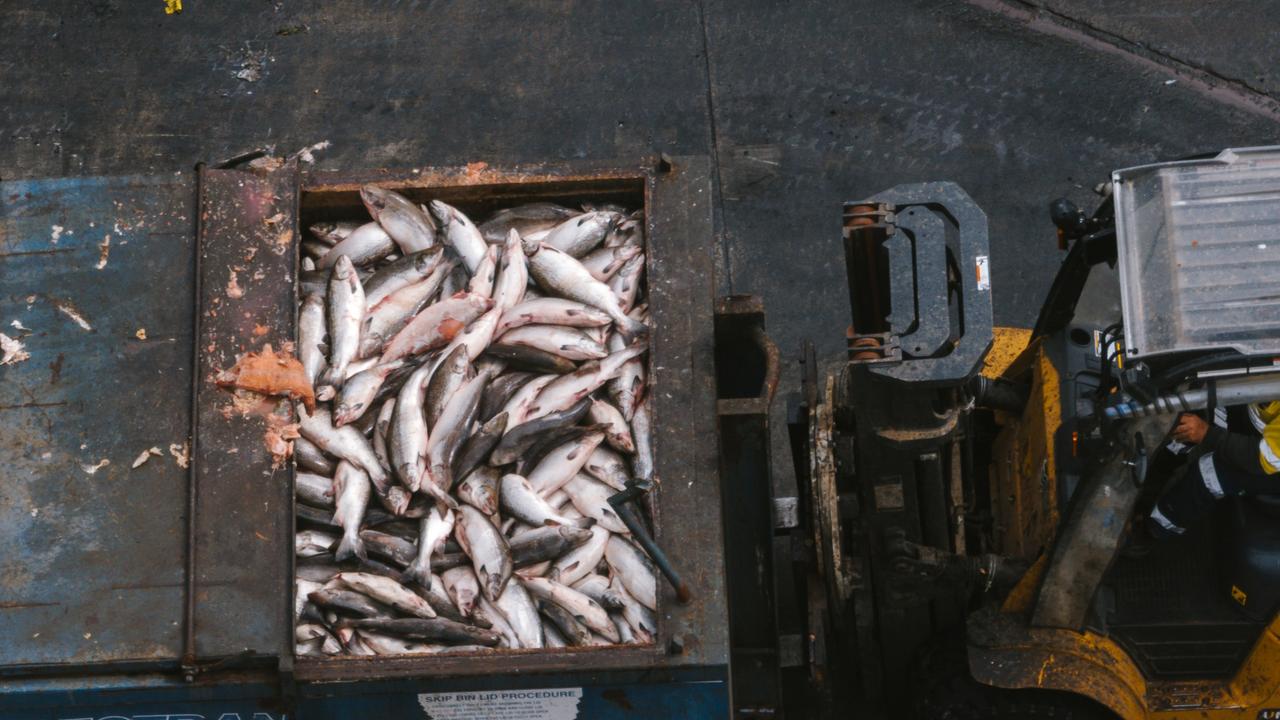
Tasmania
Don't miss out on the headlines from Tasmania. Followed categories will be added to My News.
A mass fish mortality event that hit the state’s aquaculture industry in the lower D’Entrecasteaux Channel has been officially declared over after the death, dispersal and disposal of 10,000 tonnes of salmon.
Deaths from the outbreak of marine bacterium piscirickettsia salmonis, which led to foul-smelling fish waste being washed up on Tasmanian beaches had now fallen to below reportable thresholds.
One estimate put the total number of dead fish in the outbreak at two million, about 13 per cent of the local industry.
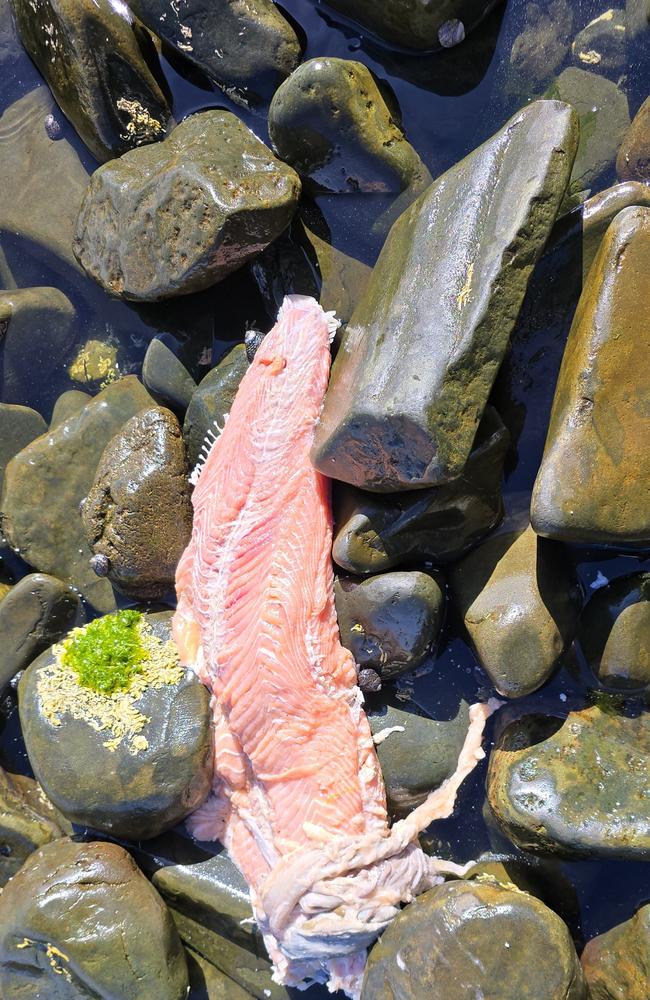
“Water temperatures are falling and there has been a significant decline in the number of pens above the mortality reporting thresholds in April,” EPA CEO Catherine Murdoch said.
“Data provided to the EPA indicates that the unprecedented mortality event is over.”
Water and onshore tests at four beaches in the southern channel found all samples to be below the detection limit for the antibiotic oxytetracycline, she said.
Salmon Tasmania CEO Luke Martin said the large and unprecedented salmon mortality event had run from mid-January until the start of March — its end just now being reflected in the release of official figures.

“It has been a God-awful time for everybody working in the industry,” he said.
“We accept that this happened while the industry was in the spotlight because of what is going on in Macquarie Harbour and in the lead up to the election.
“What I am hopefully of is that now that the election is out of the way and the scale of the event is clear that they allow up to pick ourselves up.
“The industry is looking at the lessons that have been leaned from this including biosecurity risks and vaccine availability.”
Mr Martin said the industry was working with government agencies including the EPA to look at how the incident was handled and to shape future responses.
The EPA said dead fish ended up being sent to facilities at Oatlands, Electrona and Hideaway Bay or rendered at a facility in Triabunna
Fish waste from dead salmon was found at Verona Sands, Randalls Bay and Roaring Bay, Drip Beach in the lower Port Cygnet area, and beaches on the western side of South Bruny Island.
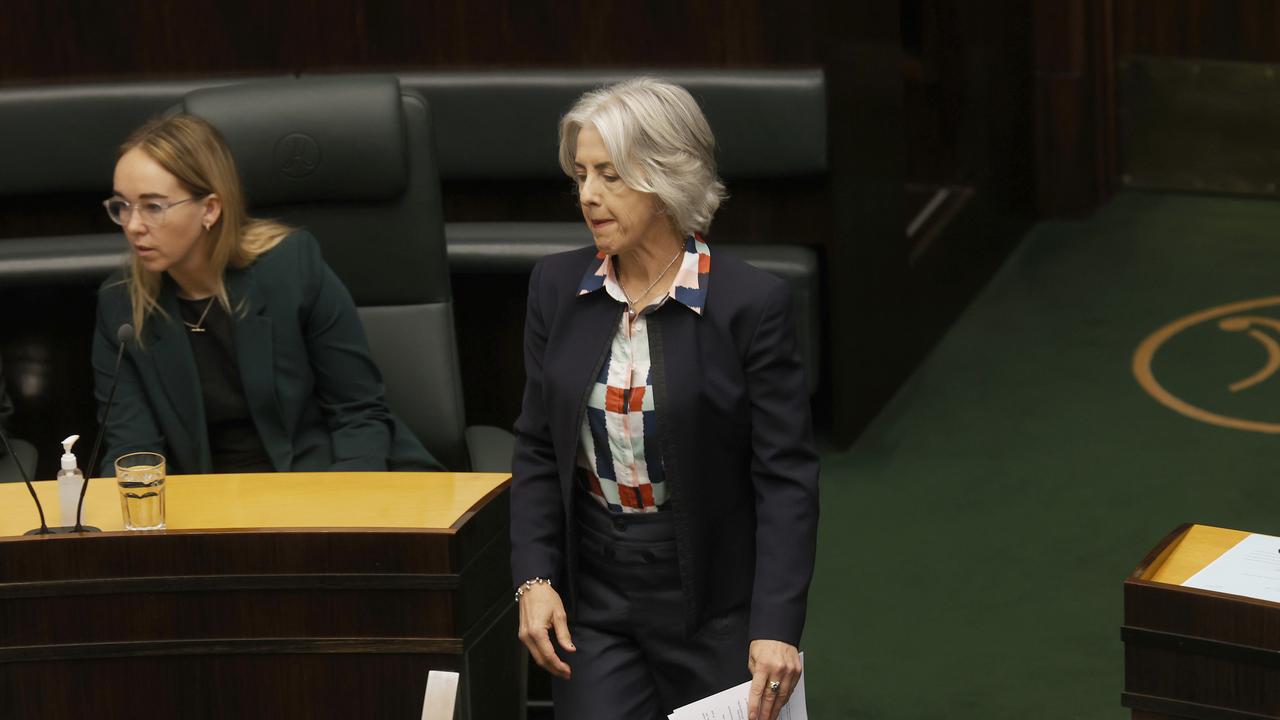
Greens leader Rosalie Woodruff said the figure of 10,000 tonnes did not include the salmon waste washes up on local beaches.
“Weak biosecurity conditions and self-regulation by the multinational salmon companies has created this obscene situation and yet the Rockliff government continues to back in an industry gone rogue that is destroying our marine environment,” she said.
“The unchecked outbreak of disease throughout Tasmania is a biosecurity disaster of unprecedented scale in modern history.”
The Bob Brown Foundation called for a full independent investigation into the mass mortality event.
“These horrifying numbers of fish deaths confirm that the toxic salmon industry is out of control,” BBF Antarctic and Marine campaigner Alistair Allan said.
“The images of rotting, dead fish floating in pens shocked the Australian public.
“To learn the true scale of this disaster, months later, that at least two million fish died due to the greed of foreign-owned corporations, is more proof that fish farms must get out of Tasmania’s waters.”
Originally published as End officially declared to die-off that killed two million salmon



